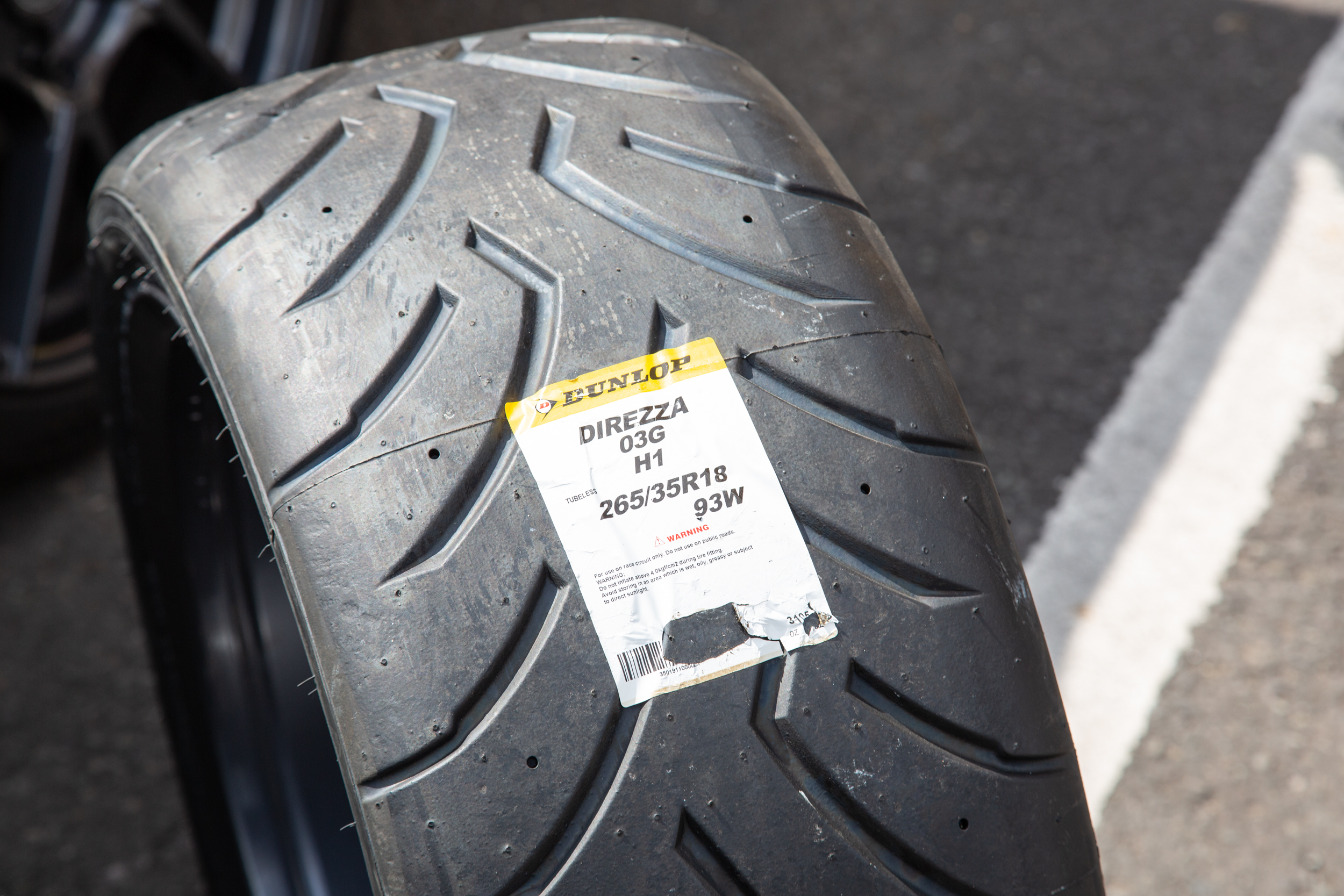All Categories
Featured
Table of Contents
The Michelin used a comfy driving experience, characterised by responsive guiding and a dynamic understeer balance. Regardless of the cooler testing conditions, Michelin's consistent time and hold over three laps indicates its suitability for real-world applications. Alternatively, Yokohama's performance was unique. While its super-quick guiding caused a rapid front axle turn, the back showed a propensity to turn a lot more.
The tyre's initial lap was a 2nd slower than the second, pointing to a temperature-related grasp increase. For day-to-day use, the Michelin might be a much safer wager.
Affordable Discount Tyres Near Me – Wanneroo 6064 WA
It shared Michelin's secure understeer equilibrium but lacked the latter's willingness to transform. Continental and Goodyear's efficiencies were remarkable, with Continental's new PremiumContact 7 revealing a substantial improvement in damp problems contrasted to its predecessor, the PC6. This version was far much less delicate to fill modifications and behaved much like the Michelin, albeit with slightly less interaction at the limitation.
It combined the secure understeer balance of the Michelin and Continental with some flashy handling, proving both predictable and fast. As an all-rounder for this Golf GTI, Goodyear's Crooked array was the standout, showing excellent performance in the damp. Lastly, the Bridgestone Potenza Sport took the crown as the fastest tyre, albeit by a tiny margin.
Vehicle drivers seeking an interesting wet drive might find this tire worth taking into consideration. The standout performer in wet stopping was the most recent tire on test, the PremiumContact 7, though the results are nuanced.
Leading Cheap Tyres – Koondoola WA
Preferably, we wanted the cool temperature level test to be at around 5-7C, however logistical delays suggested we examined with an average air temperature of 8C and water at 12C. While this was cooler than standard examination problems, it was still warmer than real-world conditions. The cozy temperature test was done at a standard of 18C air and 19C water.
The 3rd run included damp stopping examinations on used tires, specifically those machined down to 2mm with a small altercation. While we planned to do more with these worn tyres, weather condition restrictions restricted our screening. However, it deserves noting that damp braking is most essential at the worn state, as tires usually boost in dry problems as they wear.

It shared the most significant efficiency decline, together with the Yokohama, when put on. Bridgestone, Goodyear, and Michelin saw the least performance reduction when put on. Bridgestone and Goodyear's efficiency dipped in cooler problems. The Hankook tyre signed up the tiniest performance decline as temperature levels cooled, however it was amongst the most impacted when worn.
Honest Wheel Balancing
The take-home message below is that no single tyre excelled in all facets of wet stopping, suggesting a complex interaction of elements affecting tire performance under different conditions. There was a standout tire in aquaplaning, the Continental completed top in both straight and rounded aquaplaning, with the Michelin and Goodyear also very excellent in much deeper water.

Yokohama could take advantage of slightly even more grasp, a problem potentially affected by the cooler problems. As for taking care of, all tires done within a 2% variety on the lap, showing their top quality efficiency (Vehicle tyres). Considering these tires basically target the exact same customer, it's interesting to observe the significant differences in feel.
The surprise is since the PremiumContact 6 was one of my favourites for flashy dry drives, yet its successor, the PremiumContact 7, seems more mature and looks like Michelin's efficiency. Among these, Hankook was the least specific in steering and interaction at the limit. Cheap tyres. Both Michelin and Continental provided beautiful initial guiding, albeit not the fastest
If I were to suggest a tyre for a quick lap to a newbie, say my daddy, it would certainly be among these. We have the 'enjoyable' tyres, particularly Yokohama and Bridgestone. Both were quick to steer and felt sportier than the others, yet the trade-off is a much more lively back side, making them a lot more tough to manage.
Best Tyre Packages – Wanneroo
It gave comparable steering to Bridgestone but supplied much better responses at the limitation and far better hold. The Bridgestone Potenza Sporting activity, nevertheless, appeared to break down quite promptly after just 3 laps on this requiring circuit. There's Goodyear, which positioned itself someplace in between the enjoyable tires and those tending in the direction of understeer.
All in all, these tyres are outstanding performers. In terms of tire wear, the technique made use of in this test is what the industry refers to as the 'gold standard' of wear.
Both the Bridgestone and Yokohama tyres dramatically underperformed in contrast to the other four tyres in regards to rolling resistance, with Continental slightly outshining the remainder. Relating to the comfort degree of the tyres, as prepared for, most demonstrated an inverted connection with handling. The Continental, Michelin, and Goodyear tires performed finest throughout various surface types checked.

Bridgestone began to reveal signs of suppleness, while Yokohama was particularly jarring over pockets. We did measure interior noise levels; nonetheless, as is often the case, the results were carefully matched, and due to weather constraints, we were incapable to perform a subjective evaluation of the tires sound. Lastly, we checked out abrasion figures, which determine the amount of tyre tread shed per kilometre, normalised to a one-tonne vehicle.
Best Cheap Car Tyres Near Me – Wanneroo 6064 WA
This figure represents the quantity of rubber dirt your tires produce while driving. Michelin led in this group, producing over 9% less rubber particulate issue.
Latest Posts
Best Wheel Balancing Near Me
Best Tyre Balancing (Wangara WA)
Tyre Rotation Services – Lockridge WA